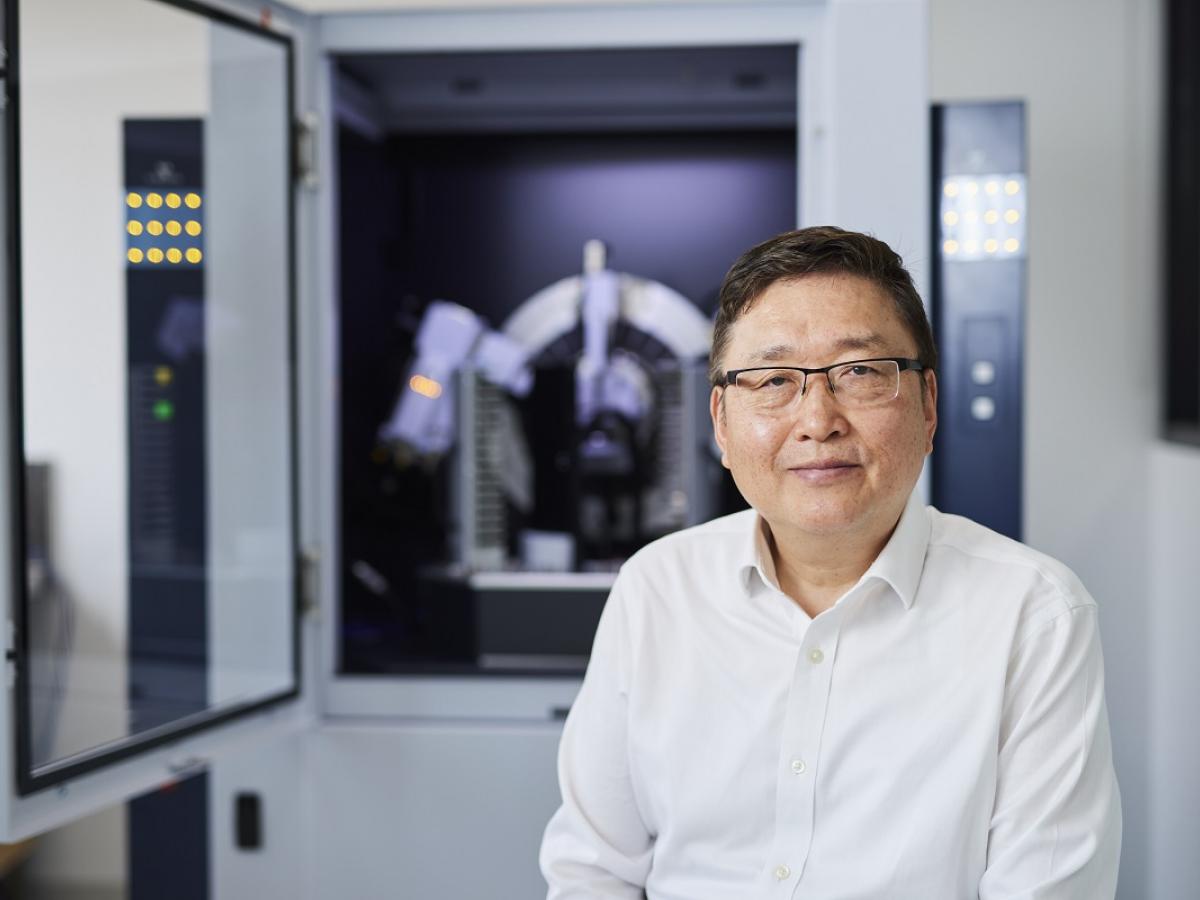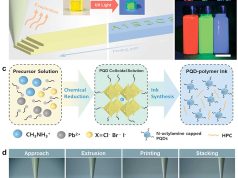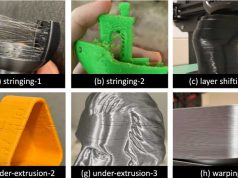Researchers have developed an innovative technique that could enable Australia to lead the way in more sustainable production of fuels and chemicals.
“We have developed new synthesizing approaches that enable 3D printing techniques to be employed to automatically and efficiently produce customised, single-atom catalysts (SACs),” said the University of Adelaide’s Professor Shizhang Qiao, Director, Centre for Materials in Energy and Catalysis who leads the team. “SACs can be tailored across a broad range of industrial applications. Our innovative technique has the potential to be more cost-effective and simpler than current approaches.”
The method was tested to develop customized catalysts that convert nitrate ions in wastewater into ammonia. Ammonia is a basic chemical in fertilizers, pharmaceuticals and dyes, and serves as an energy storage and carbon-free energy source. One of the most widespread water pollutants in the world, nitrate ions are converted into a nitrogen source through the use of catalysts.
“By simplifying the way catalysts are manufactured, this new technique has the potential to advance Australia’s status as a global leader in tackling the effects of climate change and help us take the lead in new techniques for making chemicals that benefit society.”
“SACs are promising candidates for the next generation of highly efficient catalysts however directly synthesizing SACs is still challenging and expensive,” said Professor Qiao. “Our synthesizing approach allows 3D printing technique to be employed as a promising avenue to manufacture of SACs at different scales, paving the way for using them to achieve sustainable production of valuable fuels and chemicals. By simplifying the way catalysts are manufactured, this new technique has the potential to advance Australia’s status as a global leader in tackling the effects of climate change and help us take the lead in new techniques for making chemicals that benefit society.”
The team’s work will inspire the development of a new generation of advanced catalysts. This new line of research is expected to accelerate the development of monatomic catalysts and make them technically and economically available to the chemical engineering industry within 10 years.
Subscribe to our Newsletter
3DPresso is a weekly newsletter that links to the most exciting global stories from the 3D printing and additive manufacturing industry.


























